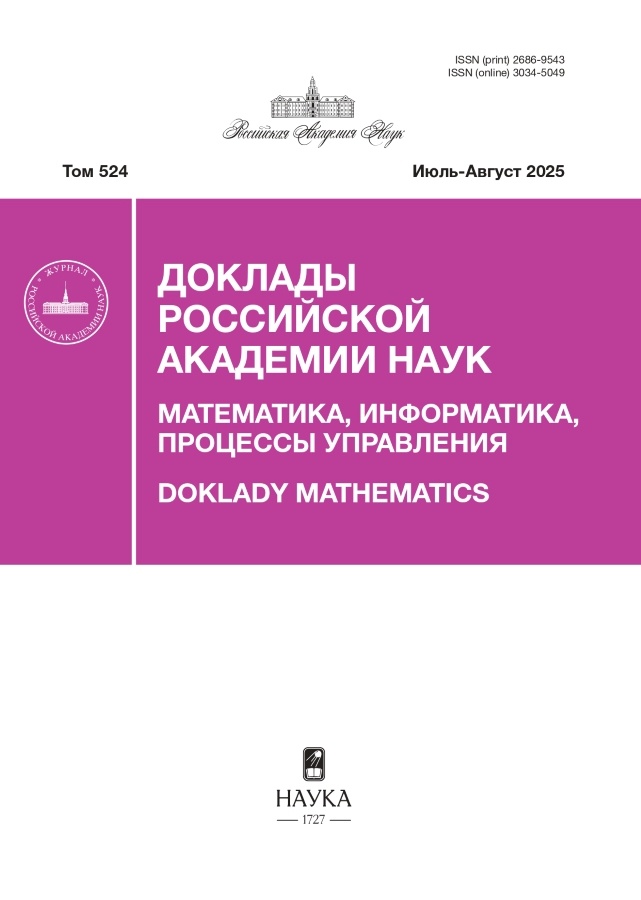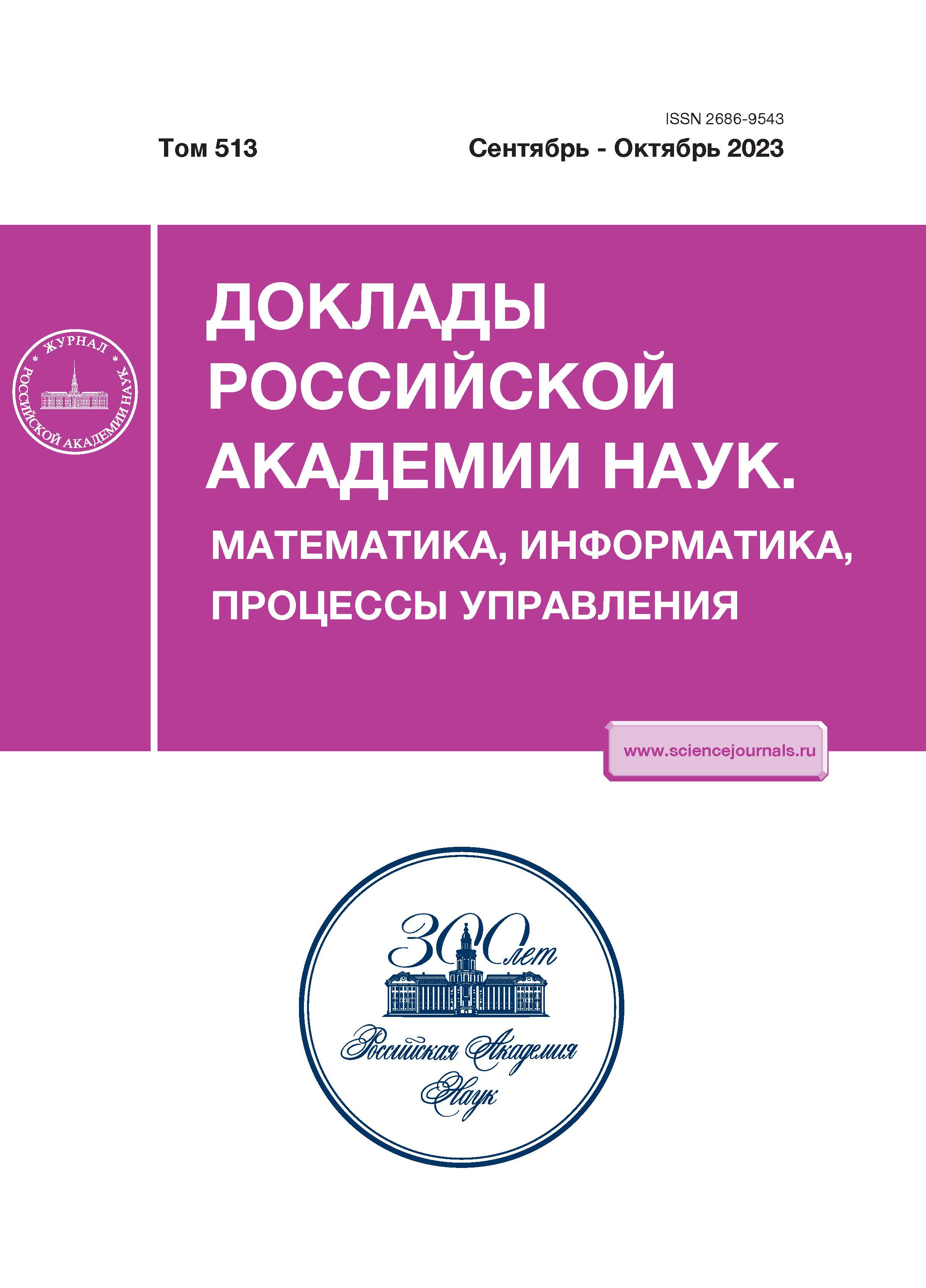АНТИКОММУТАТОР СВОБОДНОГО ПОЛЯ ЭЛЕКТРОНОВ ДИРАКА И ЕГО НУЛИ НА ВРЕМЕННЫХ ИНТЕРВАЛАХ
- Авторы: Карацуба Е.А.1
-
Учреждения:
- Федеральный исследовательский центр “Информатика и управление” Российской академии наук
- Выпуск: Том 513 (2023)
- Страницы: 44-50
- Раздел: МАТЕМАТИКА
- URL: https://clinpractice.ru/2686-9543/article/view/647886
- DOI: https://doi.org/10.31857/S2686954323600519
- EDN: https://elibrary.ru/GYUDEU
- ID: 647886
Цитировать
Полный текст
Аннотация
Получены оценки временных интервалов, содержащих нуль антикоммутатора Паули–Йордана–Дирака в дискретном представлении в пространственно одномерном и трехмерном случаях.
Об авторах
Е. А. Карацуба
Федеральный исследовательский центр“Информатика и управление”
Российской академии наук
Автор, ответственный за переписку.
Email: ekaratsuba@gmail.com
Россия, Москва
Список литературы
- Дирак П.А.М. К созданию квантовой теории поля. Москва. Наука. 1990. The Quantum Theory of the Emission and Absorption of Radiation // Proceedings of the Royal Society of London. Series A. 1927. V. 114. № 767. P. 243–265.
- Дирак П.А.М. К созданию квантовой теории поля. Москва. Наука. 1990. Discussion of the infinite distribution of electrons in the theory of the positron // Mathematical Proceedings of the Cambridge Philosophical Society. 1934. V.30. № 2. P. 150–163.
- Jordan P., Pauli W. Zur Quantenelektrodynamik ladungsfreier Felder // Zeitschrift für Physik. 1928. V. 47. P. 151–173.
- Шифф Л. Квантовая механика. Издание 2-ое. Издательство Иностранной литературы. Москва. 1959.
- Karatsuba E.A. Zeros and points of discontinuity of the commutator function of the free Dirac field // Journal of Physics: Conference Series. 2008. IOP Publ. V.128. Quantum Information and Foundations of Quantum Theory. P. 012015:1–11.
- Karatsuba E.A. The Commutator Function of the Free Dirac Field in the Discrete Representation and its Zeros // Pacific Journal of Applied Mathematics. 2008. V. 1. № 2. P. 37–55.
- Боголюбов Н.Н., Ширков Д.В. Введение в теорию квантованных полей. Москва: “Наука”, 1984.
- Дирак П.А.М. К созданию квантовой теории поля. Москва. Наука. 1990. On the theory of quantum mechanics // Proceedings of the Royal Society of London. Series A. 1926. V. 112. P. 661–677.
- Дирак П.А.М. К созданию квантовой теории поля. Москва. Наука. 1990. On the Annihilation of Electrons and Protons // Mathematical Proceedings of the Cambridge Philosophical Society. 1930. V. 26. P. 361–375.
- Fermi E. Quantum Theory of Radiation // Rev. Mod. Phys. 1932. V. 4 P. 87–132.
- Pauli W. The Connection Between Spin and Statistics // Phys. Rev. 1940. V. 58 P. 716–722.
- Pauli W. Relativistic Field Theories of Elementary Particles // Rev. Mod. Phys. 1941. V. 13. P. 203–232.
- Schwinger J. Quantum Electrodynamics. I. A Covariant Formulation // Phys. Rev. 1948. V. 74. P. 1439–1461.
- Mercati F., Sergola M. Pauli-Jordan function and scalar field quantization in -Minkowski noncommutative spacetime // Phys. Rev. D. 2018. V. 98. P. 045017.
- Daqing Liu, Furui Chen, Shuyue Chen, Ning Ma Calculating Pauli-Jordan Function // European Journal of Physics. 2020. V. 41. № 3. P. 035406.
- Karatsuba A.A., Karatsuba E.A.Physical mathematics in number theory // Functional Analysis and Other Mathematics. 2011. V. 3. № 2. P. 113–125.
Дополнительные файлы











